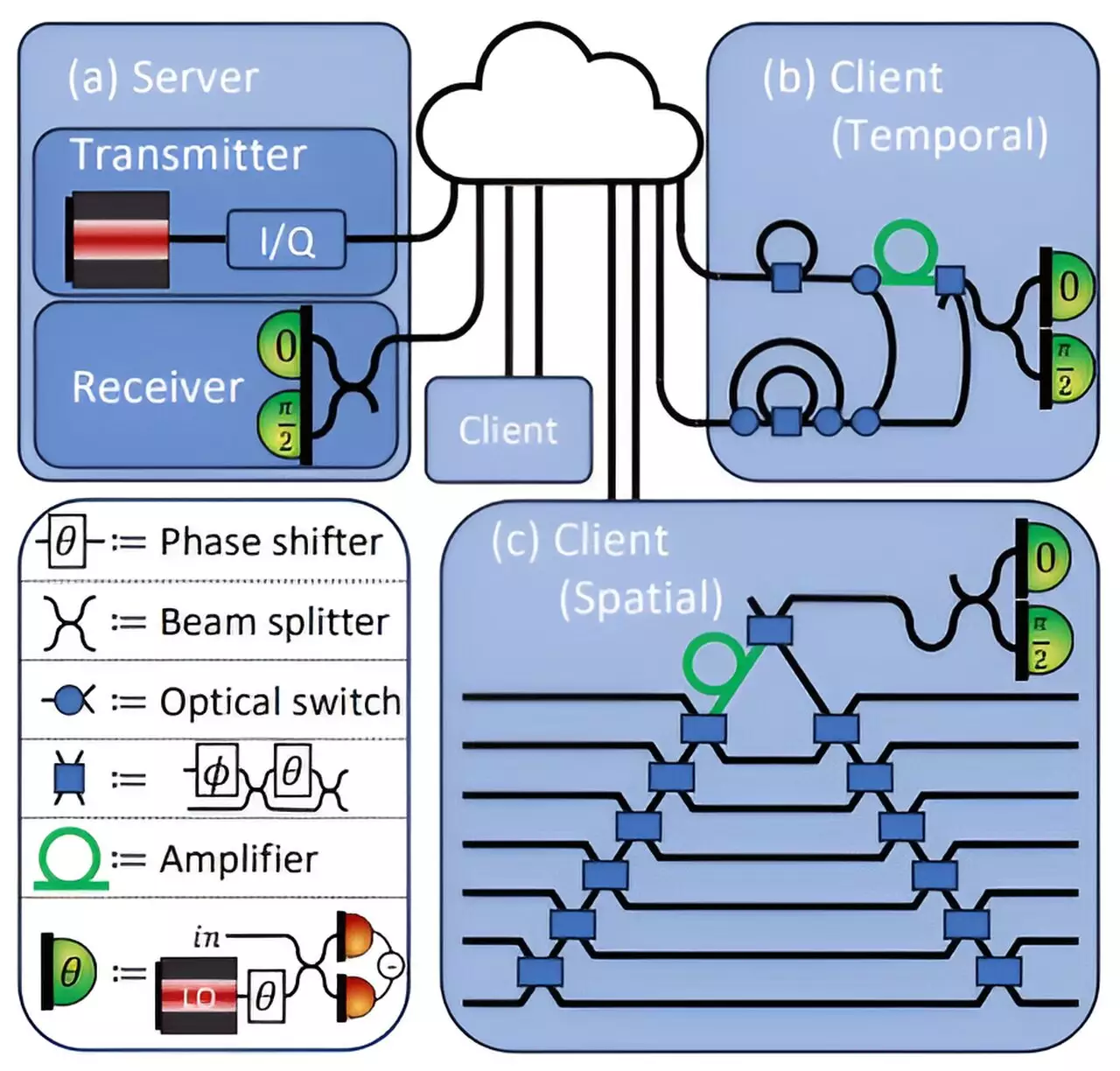The increasing reliance on deep-learning models across numerous domains demonstrates their remarkable capacity to analyze data and facilitate decision-making. As these AI systems become crucial in sensitive fields such as healthcare and finance, concerns over data privacy and security rise. This article explores how recent advancements in quantum security protocols offer a promising path forward in protecting sensitive data when using deep-learning applications in cloud computing environments.
In a world where deep-learning models, such as OpenAI’s GPT-4, require substantial computational resources, cloud computing has emerged as a necessary solution for processing large datasets. However, this reliance also presents substantial security challenges. In healthcare, for instance, the integration of AI tools in diagnostics is often hampered by the sensitivity of patient data. Hospitals may be hesitant to deploy AI systems due to fears of breaches that could compromise confidentiality. As data is transmitted to and from various servers for deep learning, vulnerabilities associated with traditional digital communications can expose confidential information to potential attacks.
To address these vulnerabilities, it’s essential to explore robust security frameworks that ensure both the integrity of the data and the functionality of the models in use.
An innovative approach taken by researchers at MIT illustrates the potential of quantum mechanics in solving the security dilemma posed by algorithms that require deep learning capabilities. These scientists developed a protocol that utilizes the characteristics of quantum light to create a secure communication channel between a client with sensitive data—such as medical images—and a central server housing neural network models.
The protocol capitalizes on quantum principles, specifically the no-cloning theorem, which dictates that it is impossible to perfectly duplicate quantum information. This fundamental property makes it exceedingly challenging for malicious actors to intercept, mimic, or steal information without detection. By encrypting data within laser-light patterns used in fiber optic communications, this security protocol shields the data transmission process while ensuring the models maintain operational accuracy.
The operation of the security protocol involves encoding the parameters of deep neural networks into an optical field. During the communication process, the server transmits encoded neural network weights to the client. The client performs computations using their unique, private data based on these weights to generate predictions.
However, unlike traditional systems where data transmission occurs openly, this method ensures that the client only measures the light necessary for their computations. As a result, information leakage is minimized to an insignificant fraction, ensuring the client’s sensitive data remains uncompromised. The residual data returned to the server serves as a mechanism to verify the security of the entire process. By measuring this residual light, the server can detect any deviations that signify potential data leakage.
During preliminary tests of the proposed security framework, researchers noted that it successfully maintained an impressive accuracy rate of 96% while safeguarding data privacy. Such efficacy suggests that deep-learning models can function without risking the confidentiality of sensitive information. With the research demonstrating that less than 10% of the necessary information is leaked during operations, this approach could revolutionize not only data protection but also broad applications for distributed machine learning across multiple parties.
Furthermore, the promise of potential exploitation of quantum properties indicates a dual benefit: both enhanced security measures and operational integrity. For example, a malicious server would be limited to acquiring a mere 1% of crucial data elements, thus thwarting any realistic opportunities for malicious breaches.
Looking ahead, MIT researchers anticipate extending these principles into the realm of federated learning, a methodology that allows distributed participants to contribute data toward training shared models without exposing sensitive information. This could open the door to leveraging quantum security in collaborative environments while maintaining privacy across various applications.
This innovative melding of quantum mechanics and deep learning signals an exciting frontier where advanced data protection meets cutting-edge artificial intelligence. As exploration continues into the practical implementation of these protocols, researchers hope to address operational imperfections and further refine their approach for real-world applications.
While deep learning continues to reshape various sectors, the concerns surrounding data privacy and security must be addressed proactively. The marriage of quantum information science and AI presents a robust solution that embodies the promise of a secure future in cloud-based computing.

